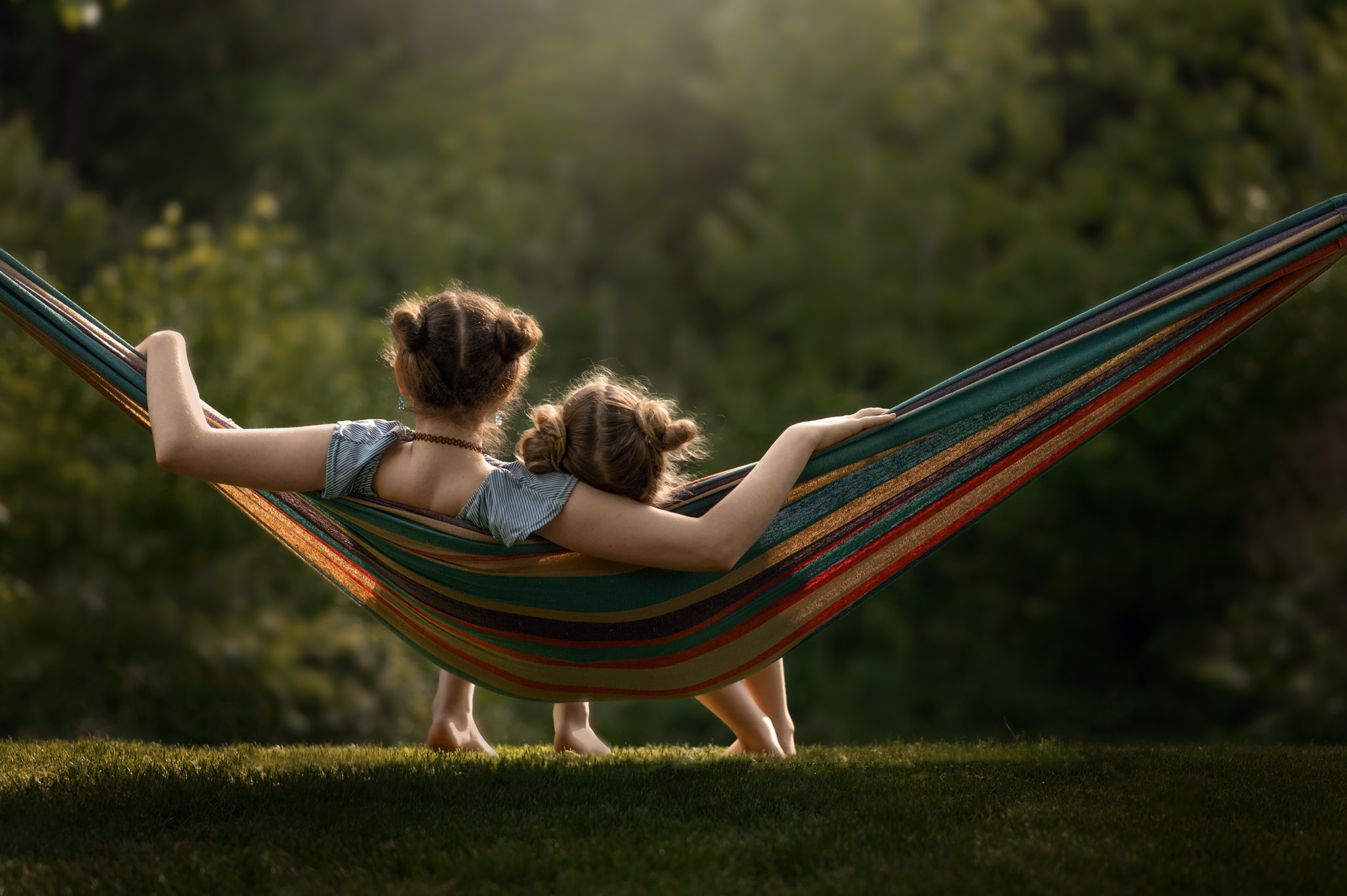Abi Coop
Melissa Richard
Kristen Ryan
5 Tips for Stronger Storytelling | by Holly Awwad
July 16, 2023
5 Tips for Stronger Storytelling

As photographers, our goal is to evoke emotion and bring ourselves back to the moment where our stories unfold. It sounds simple. But it takes years of practice learning your craft and honing your skills before compositional storytelling becomes second nature. What is Compositional Storytelling, you ask? Great question! Do you ever wonder WHY you are drawn to a certain image? What about that image pulls you in and draws your eye through the frame? Do YOU struggle with choosing the best composition to tell YOUR story? I’m here to help you answer those questions. Here are my 5 tips for stronger storytelling in your images.

Have a Vision in Mind
Visualization is the first step as you make a photograph. As you watch a moment unfold, you begin seeing the image in your mind’s eye. You make a series of micro decisions about settings, points of focus, elements within your frame and so much more. Which emotions do you want to convey? How will I compose and process the image to make those emotions even stronger? Whether we realize it or not, there is a lot of planning going on in our brains before we even click the shutter. It can be quite complex.
There is an element of anticipation with what we do as we create our art. We have to wait until all the stars align, both with our story and with our composition. The difficulty arises when we sometimes have to choose our composition quickly as moments unfold. We don’t want to miss the moment, but we also want to be mindful of the best composition to tell our story. This is where practice makes perfect. The more you practice visualizing your composition, the quicker you can handle that decisive moment. It becomes second nature.

Slow Down and Shoot With Intention
Get yourself out of snap-shot mode. Don’t just shoot blindly at rapid speed, hoping something with turn out. Slow down. Study the scene around you and how your subject is interacting with the environment. Take note of all the elements within your surroundings. Flip through your mental composition catalog. Take your shot, then recompose and try another composition. Study both images to see what feels strongest. And again, back to visualization… visualize your final edited image. Slowing down and THINKING before you press the shutter will result in stronger compositions, better focus, and storytelling with more impact.

Think Beyond the Rule of Thirds
One of the first compositional techniques we learn is the good ol’ Rule of Thirds. Its tried and true. Reliable. Comfortable. But step out of that comfy cozy box for a little bit. Using different compositional techniques in your portfolio will make your work more compelling and dynamic. From Center Composition, to Leading Lines, to Layering and more complex techniques like the Golden Spiral… there are so many ways to compose your image to make your story stand out. You want to lead your viewer through the frame from start to finish. And choosing the right composition for your situation is critical to a successful photograph.
In my newly updated course, Composition for Storytellers, I break down the different types of composition and how to use them to make your stories stronger.

Make Color a Composition Choice
Color is a big part of composition. You can completely change the focal point, tone and mood of a photograph based on the colors and tones in your images. You need to train your eye to see color in a scene, and how it will effect your shot before you take it. Your choice of color can not only convey mood, but it can become a signature part of your voice. And using the wrong colors in your images can end up making your portfolio lack a cohesive feel.
Also, having many colors in the background of your scene while having your subject in neutrals may make your subject seem lost and your viewer will be distracted. It’s better to dress your subject in a pop of bright color against a more neutral background to make your image have more impact.
Long story short, color choices make a HUGE difference in your images.

Use Editing to Enhance Your Story
Editing is one of the most important parts of your voice as an artist. There are a few things I do regularly in editing to strengthen my storytelling and composition:
- Correct crooked lines and compositions with cropping.
- Remove clutter or distractions from the frame.
- Change colors of elements in the frame to better complement the scene.
- Enhance the light to create drama or emotion.
- Enhance the shadows/contrast to evoke emotion.
- Enhance an otherwise boring sky.
- Composite multiple images together to tell the whole story in one frame.
How much you edit and your editing choices are very personal to your unique style. However, taking a little time to polish your photography gems can go a long way on creating impactful imagery.
The image below was shot horizontal. I change the crop ratio to vertical, added a sky and birds, and changed the color of the floatie. You can see this edit in full with the Composition for Storytellers course!

I hope you enjoyed the 5 Tips for Stronger Storytelling.